In practice, a tooth’s enamel vulnerability is closely tied to persistent staining residuals. Meanwhile, smart mode switching—allowing a device to adapt its cleaning stages—can effectively reduce pigment buildup and prevent secondary enamel erosion. In the following six sections, we’ll analyze their interconnection and offer optimization strategies.
First, even minute pigment residues on enamel can:
Thus, residual staining not only mars appearance but undermines enamel strength at the microscopic level.
Next, pigment residues interact with the mouth’s acid–base balance:
Controlling residual stains is therefore critical to preserving intact enamel.Company web:https://www.powsmart.com/product/electric-toothbrush/
To tailor cleaning intensity and protect enamel, devices should implement smart mode switching:
This smart sequencing maximizes pigment removal while minimizing cumulative enamel wear.
In addition, brush and polish head construction matters:
Innovative head materials and structures greatly enhance cleaning performance and enamel protection.
Beyond hardware and software, effective use requires guided workflows:
A holistic, guided experience ensures that smart mode switching is both efficient and user-friendly.
Finally, looking ahead:
Ongoing innovation will enable B2B partners to deliver faster, gentler, and smarter stain-removal solutions that safeguard enamel health.
Conclusion
Enamel vulnerability is intrinsically linked to staining residuals. By leveraging smart mode switching, advanced head materials, guided workflows, and intelligent sensing, B2B manufacturers can effectively eliminate pigments while protecting enamel integrity—earning lasting trust from partners and end users alike. For custom stain-control and enamel-preservation strategies, please contact our technical team!
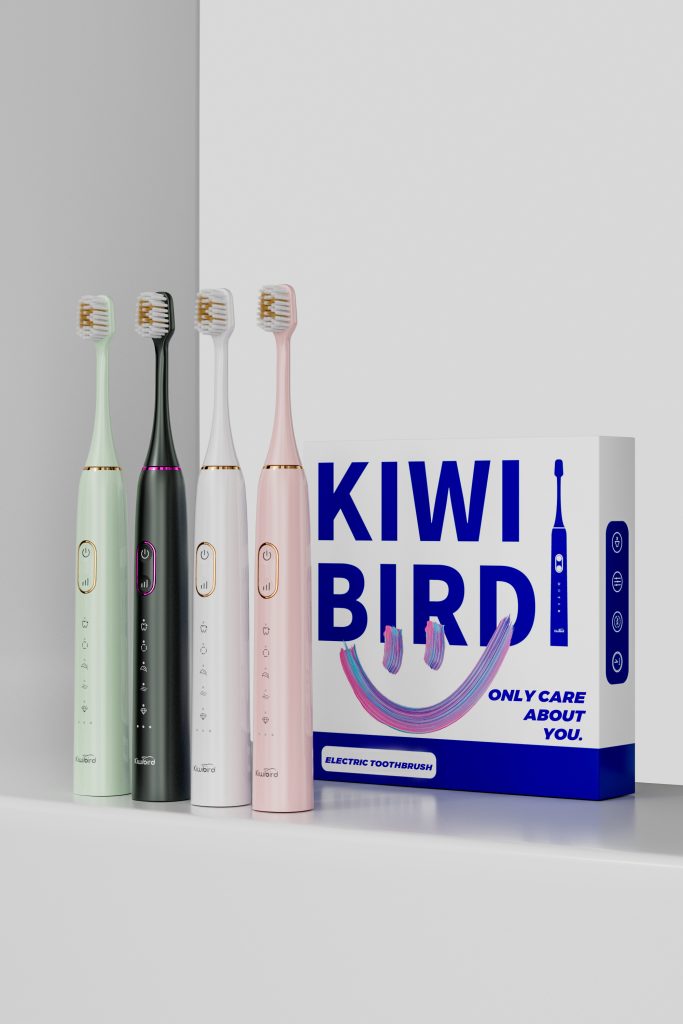
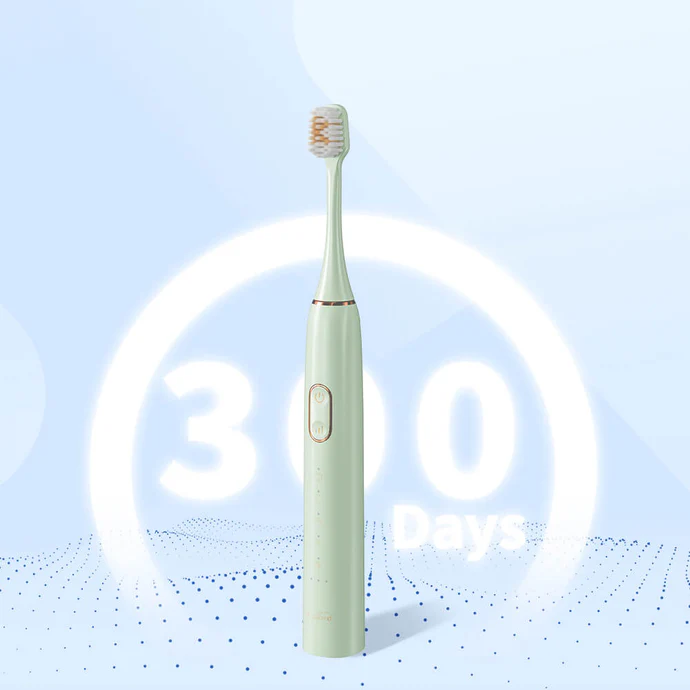
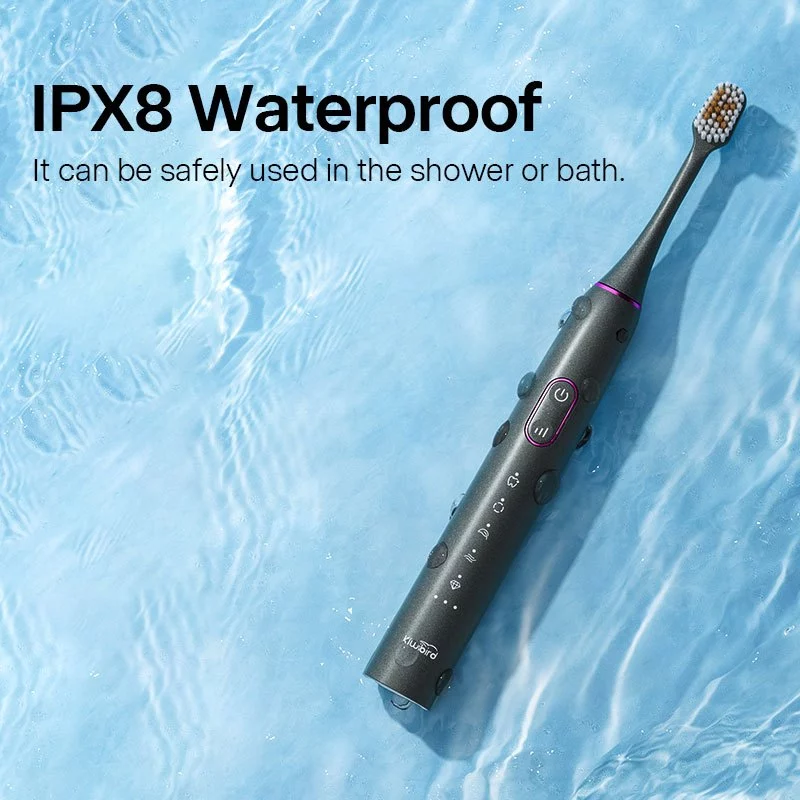

Discover a Great Reason to Switch to an Electric Toothbrush
Does Warranty Cover Motor Overheating in Electric Toothbrushes?
Tray Deformation Causing Occlusal Discomfort – Fixable?
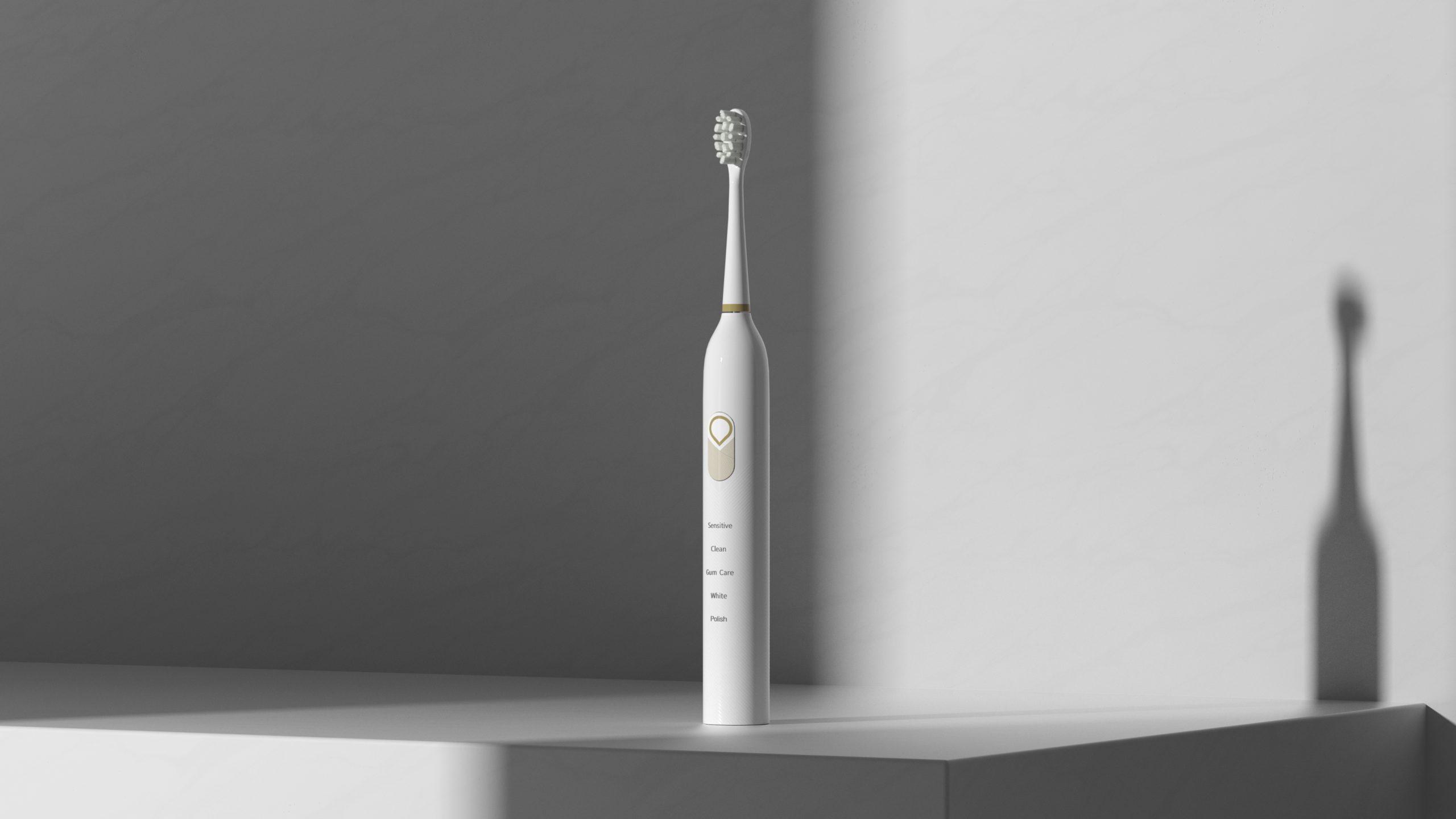
How Can Electric Toothbrush Brands Use Social Media to Increase Sales?
Are You Brushing Too Hard?
.jpg)
Ergonomic Design in Electric Toothbrushes: OEM Best Practices
Does Loud Electric Toothbrush Noise Reduce Cleaning Efficacy?

How to Control the Life of Key Components of Water Flosser and Reduce the After-Sales Rate?
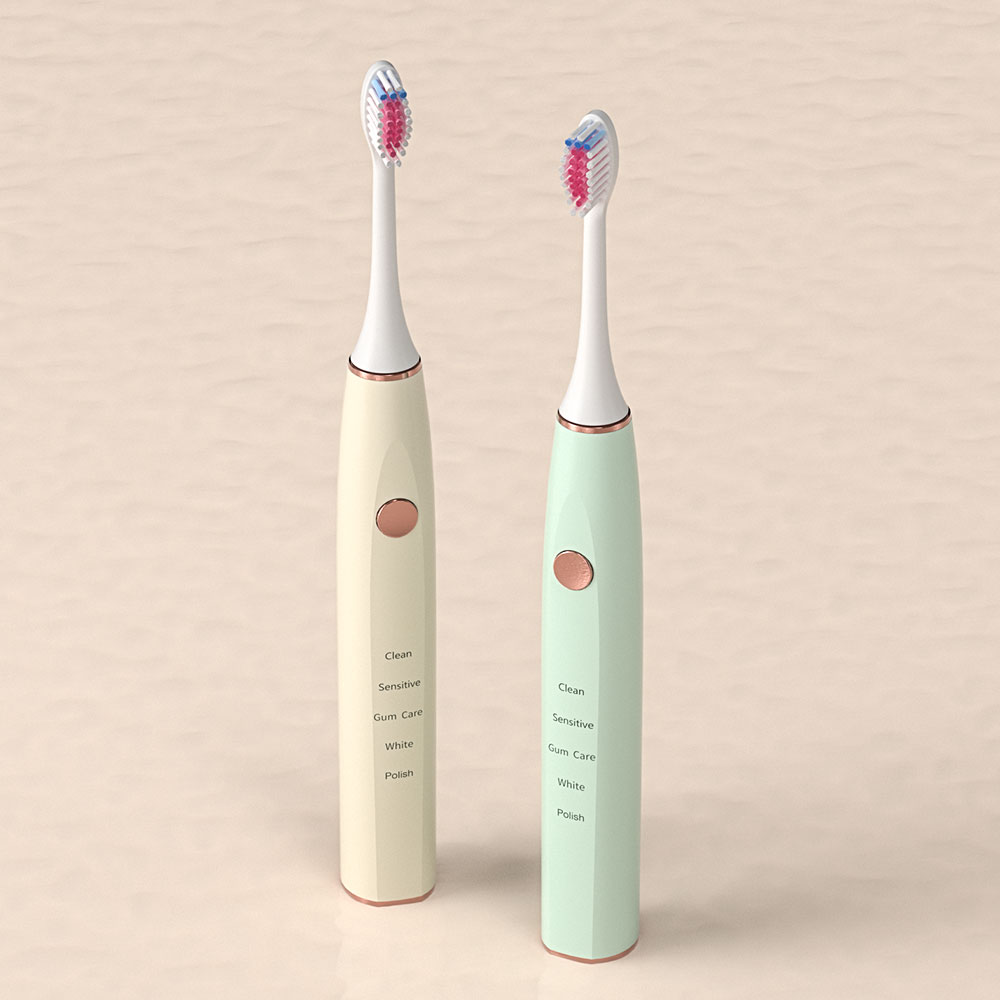
How much does it cost to manufacture a toothbrush?
Understanding and Treating Gum Bleeding problem When Brushing
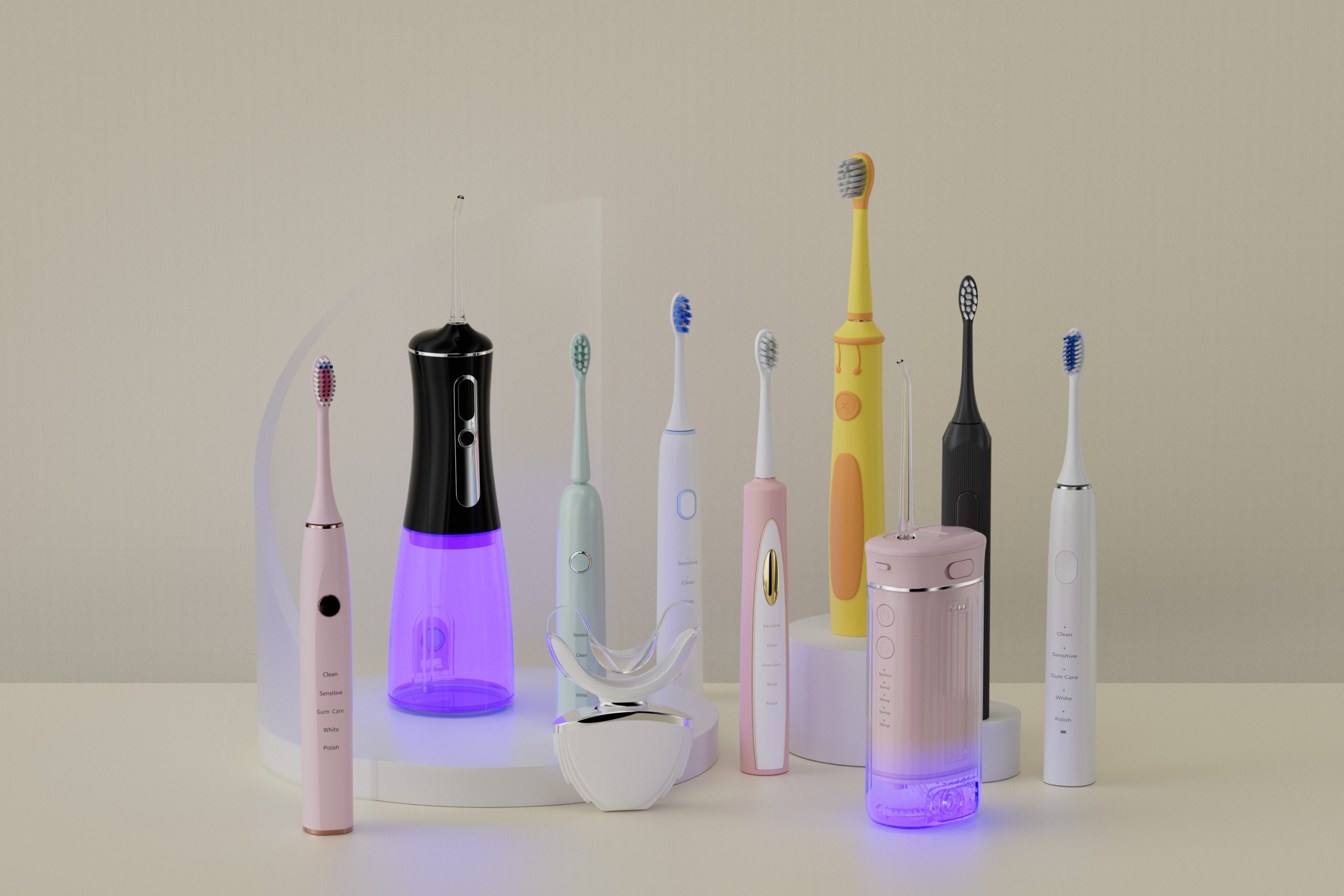
Oral Care Industry: How to Expand the Global Market?
.jpg)
Why Choose ADA Approved Electric Toothbrush in Chicago?
Child Compatibility Meets Cold Light Sensitivity: Safe?
Dental Care Electric Toothbrush for Grandparents
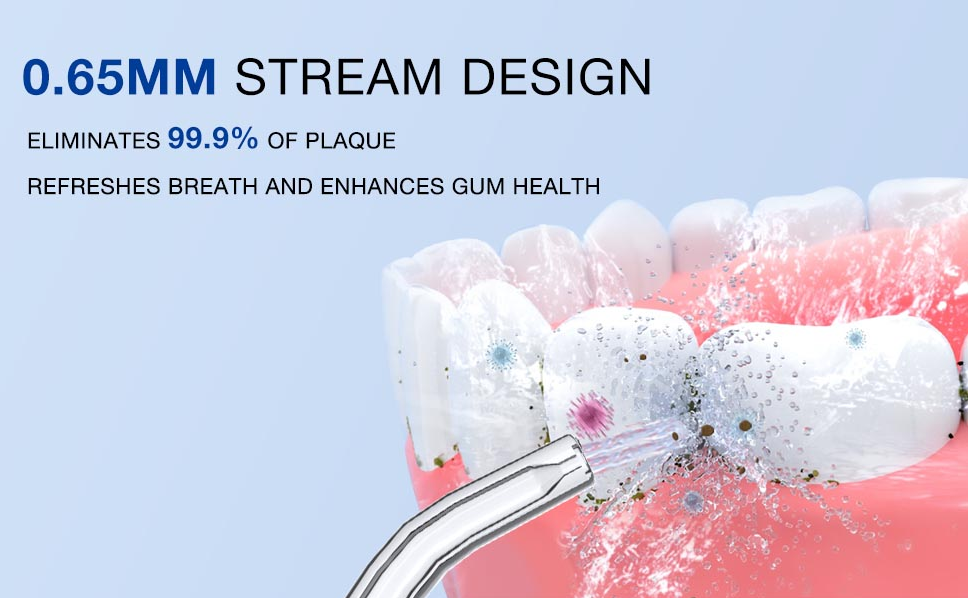
Ideal Pressure Settings for Sensitive Gums: Dentist Recommendations for Water Flosser Users

Do At-Home Light Therapy Teeth Whiteners Really Work?

electric toothbrush heads Regular Clean

Private Label Whitening Gel

electric toothbrush heads Ultra Soft

electric toothbrush heads Charcoal Infuse-Round

Electric toothbrush heads Charcoal Infused-Diamond

electric toothbrush heads Deep Clean
.jpg)
Florida Electric Toothbrush – Powsmart PTR-C8

Customization Teeth Whitening Gel
whstapp
whstapp
National Toll-Free Service Hotline
+86 755 86238638